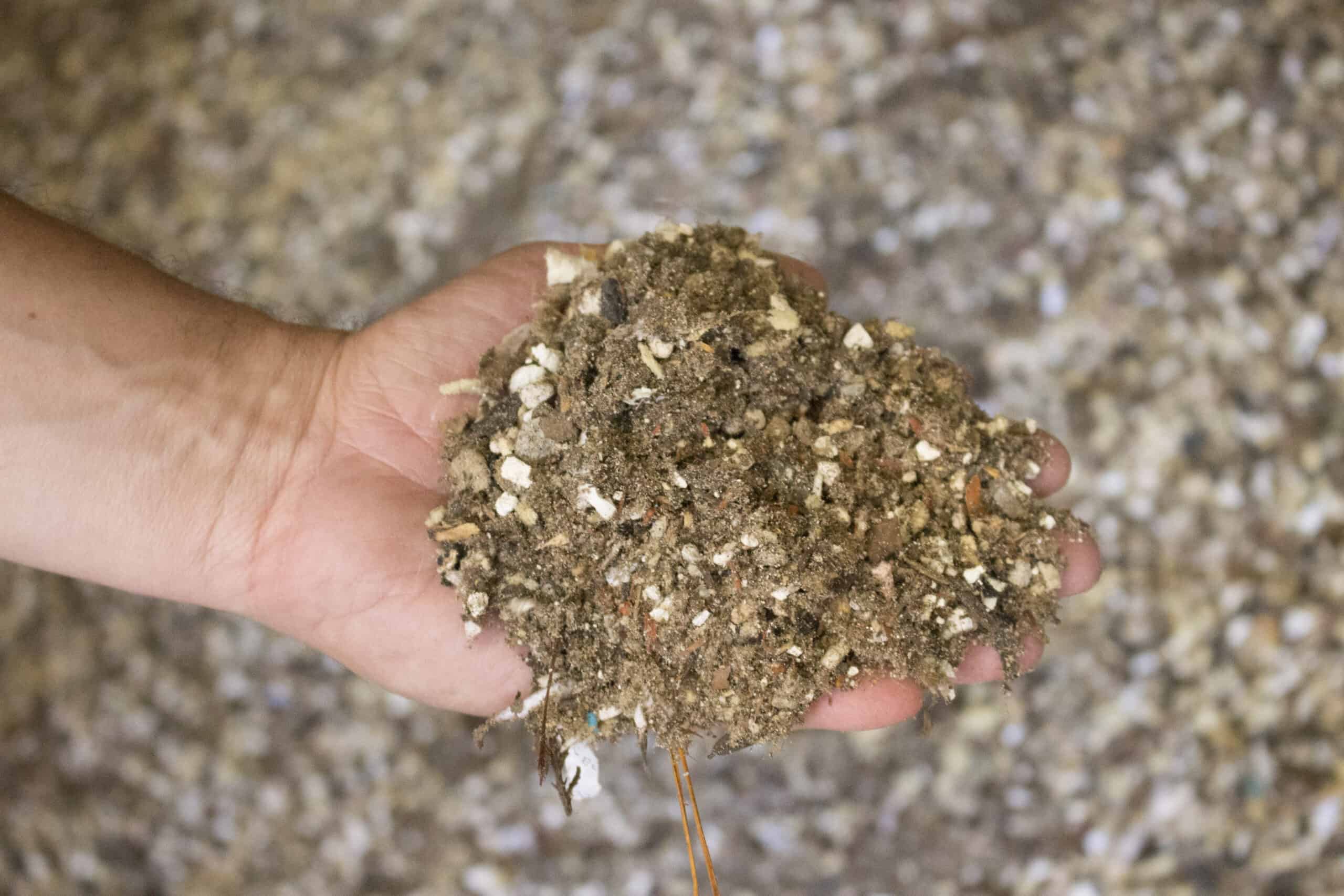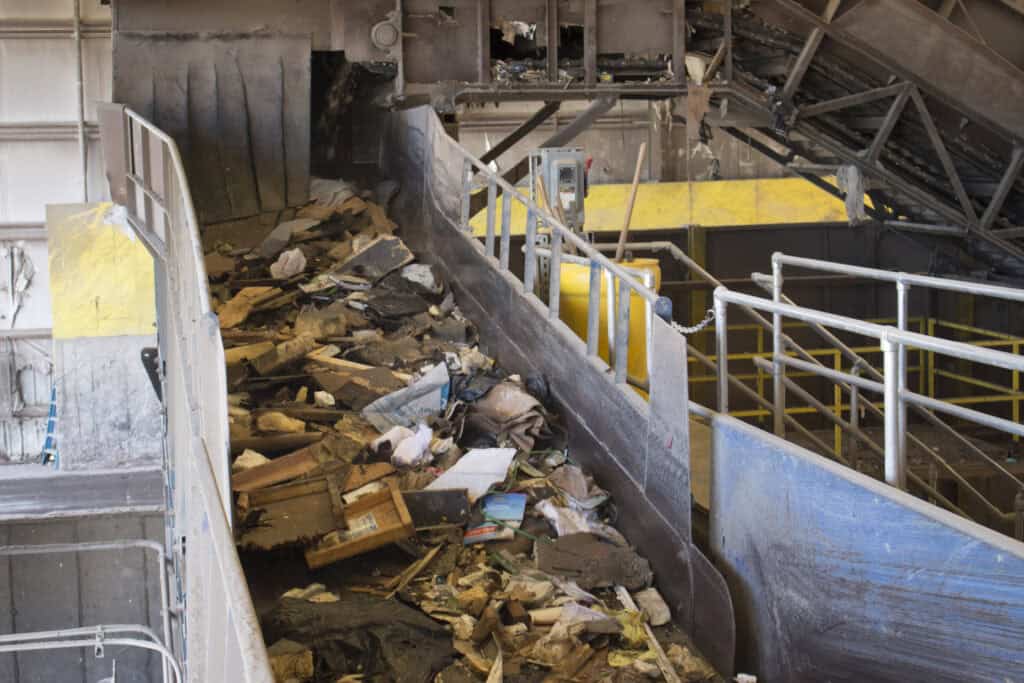What is C&D Recycling?
Construction and demolition (C&D) recycling is the process of recycling, recovering, and reusing non-hazardous resources used in construction and demolition operations. In the United States, construction and demolition waste typically comes from housing, roads, bridges, and other infrastructure. Like other types of recycling, it empowers a circular economy by reducing the amount of materials sent to landfills, increasing the lifespan of materials, and reducing costs for companies purchasing the supplies.
Recycling is essential to controlling C&D waste. In 2018, approximately 600 million tons of C&D waste was generated in the United States alone. Thanks to advancements in material recovery technology, approximately 85% of the total recyclable C&D debris generated is recycled and reused. If we hadn’t started recycling, all of that would be in a landfill now.
Types of C&D Materials
C&D waste comes from construction, remodeling, and demolition projects. These materials include:
- Concrete, bricks, and rocks
- Wood
- Scrap metal, such as steel beams
- Drywall
- Pipes and other plumbing
- Shingles
- Glass
- Grass and other landscaping waste
C&D waste most often comes from the demolition of buildings. In fact, according to the EPA, 90% of C&D waste is generated during the demolition of structures. The remaining 10% comes from waste generated during construction. Demolishing buildings introduces a variety of hazardous materials to the waste stream. Electronics such as lights, wiring, and batteries are considered hazardous, and those are abundant in most buildings. Hazardous materials cannot be recycled with other C&D waste without contaminating the stream. Toxic substances such as asbestos can contaminate recycling streams, rendering the goods worthless.
The Benefits of C&D Recycling
Like all other types of recycling, construction and demolition waste recycling is good for the environment. In the United States, construction and demolition debris accounts for 30% of total solid waste produced. We don’t have unlimited landfill space, and the space that we currently have is filling up. Landfills can cause other environmental pollution, such as toxins leaking into the groundwater or CO2 emissions being released into the air.
Using recycled construction and demolition materials increases their lifetime and reduces the need to harvest more raw materials. We have a finite amount of natural resources like wood; the more we recycle and reuse, the better.
Recycling construction and demolition resources helps businesses save money throughout the construction process. If the materials are in good condition, it’s cheaper to send them to a recycling facility than a landfill when disposing of C&D waste. Some states also offer tax breaks and other incentives to companies that recycle C&D rather than send it to landfills. When purchasing construction supplies, recycled ones cost less than new ones, reducing costs for construction companies.
How C&D Waste is Recycled
A construction company ships C&D waste to a recycling facility. It is dropped off and weighed there, and the company that left it is charged for their materials. The waste is loaded into a shredder to be broken down into smaller, more manageable pieces.
In a typical GK Systems C&D waste recycling system, the materials are loaded onto a FINGER-SCREEN™ primary screen, where larger materials go over the screen onto a conveyor and sorted by type on the A-Line to be sorted by type to be baled and resold.
Finer materials fall through the primary FINGER-SCREEN™ to be sorted on the B-Line. B-Line materials are sent through a magnet to separate the ferrous metals from the other materials. The remaining non-magnetic construction demolition waste is put through a secondary screen like a trommel screen or secondary FINGER-SCREEN™.
Finally, the remaining materials are separated using a DE-STONER® Air Classifier to sort materials by density. The higher-density items (such as large aggregates) are dropped out of the DE-STONER®, while lower-density materials (such as paper or cardboard) are stratified using air fluidization and dispelled out the end of the DE-STONER®.

Process Construction and Demolition Waste Effectively With GK Systems
GK Systems’ C&D Recycling Systems are custom-designed to maximize material separation based on your business’s specific material recovery goals. Our C&D sorting systems center around our proven separation technology, which combines vibration and air classification to separate materials efficiently and accurately. Contact us today to learn more!
